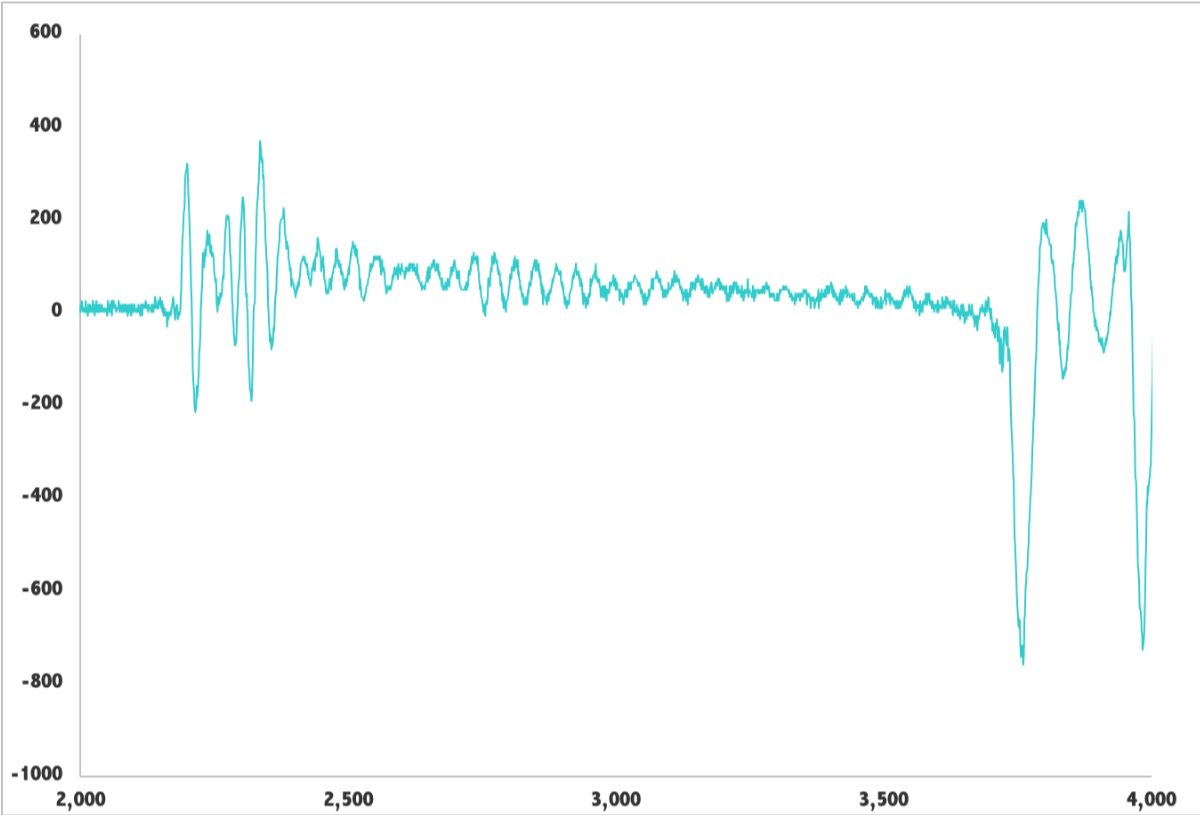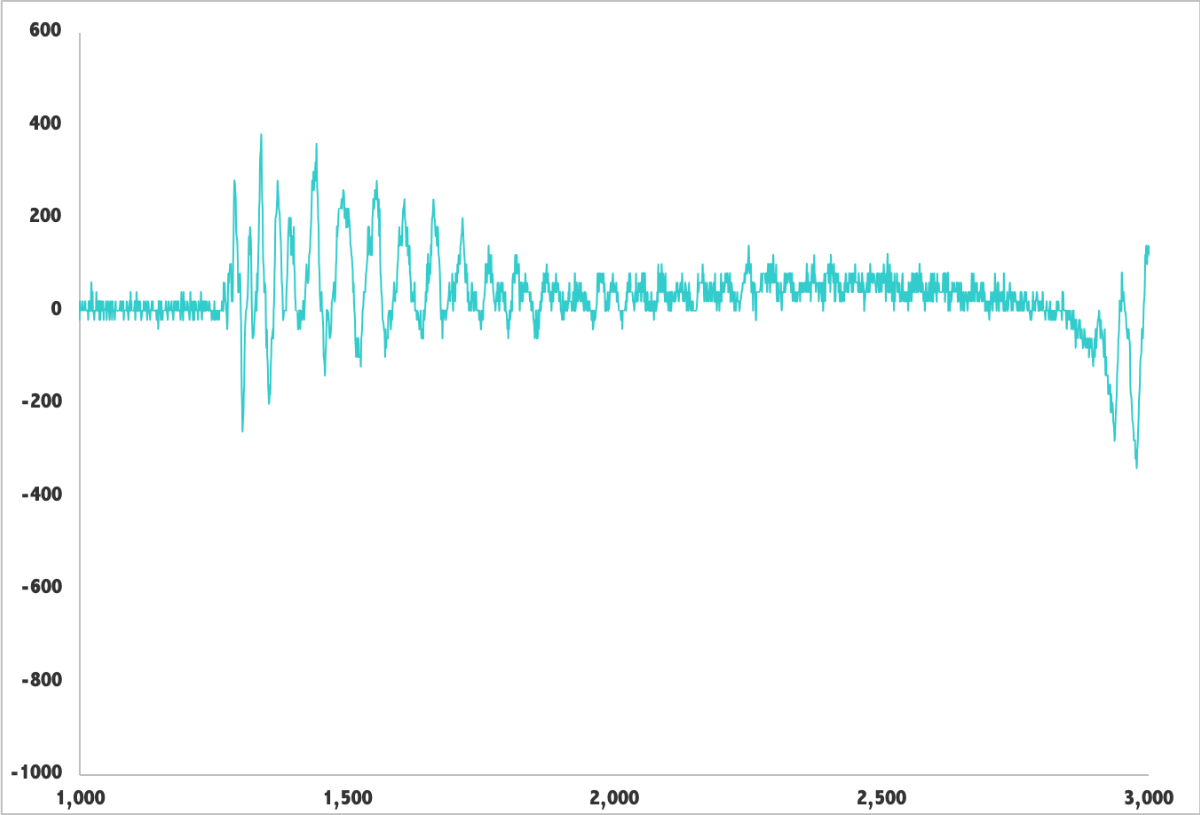An update here on this tech. We are slowly getting there. We are clearly in the ball game, though i also think that we also need to reach for a much larger system. That may allow a lot of the fine tuning to fall away.
This stage is exactly that but also it simply needs to be more robust rather that an incremental improvement.
Some day we will have this to power starships...
LPPFusion Report
November 7, 2019
Summary:
- Oscillations Down, Fusion Yield Up
- Plasma Focus Researchers Agree on Key Point
- Congress, NJ Legislature Consider Money for Private Fusion
- Nov. 13 Fusion Event in Brooklyn
- Fusion Song Contest Extended
|
|
Oscillations Down, Fusion Yield Up
|
|
LPPFusion’s
efforts to reduce troublesome oscillations in our FF-2B experimental
fusion device have started to make progress. On October 21, we cut the
highest-frequency oscillations in half, and increased fusion yield by
30% over our best previous shot with FF-2B. This puts fusion energy
yield at 1/8 joule (one joule is one watt-second).
Is 1/8 joule a lot or a little? Compared to other private fusion
efforts, it’s a lot. Other than LPPFusion, TAE Technologies is the only
fusion company that has reported any fusion yield at all, and in March
of this year they published a yield of 40 microjoules, which is 3,000
times less than our Oct. 21 shot. They have not published the energy
input of their machine, but it is definitely more than FF-2B’s.
Our Oct. 21 shot is also pretty good in terms of LPPFusion’s recent
work. It quadrupled the yield we got at the same conditions before we
had reduced the oscillations (the highest previous yield had been at
different conditions). It ended a 70-shot drought of new fusion yield
increases. It also surpassed, by a bit (6%), any fusion yield that we
achieved in 2017-2018 using tungsten electrodes.
Figure 1 gives an idea of the progress made. These graphs show the rate
of change of the current in the device in shot 1 of August 9 and shot 1
of Oct 21. The early oscillations on Oct 21 are slower, and they damp
down much faster than on Aug. 9. The pinch—the big dip in current—is
much bigger on Oct 21. This shows energy moving much more quickly into
the plasmoid where the fusion takes place, indicating a smaller, denser
plasmoid. That is what produced four times as much fusion energy as on
Aug. 9.
|
|
Fig. 1
August 9, shot 1 (top) shows the high frequency oscillations in the
current at the start of the shot and the subsequent small dip at the
pinch, when the fusion reactions take place. After we adjusted the
switches, in October 21, shot 1, (bottom) the initial oscillations
decreased in frequency and damped out quicker, leading to a much deeper
current dip at the pinch and four times as much fusion energy. Vertical
axis measures the rate of change of the current in units of 10 A/ns and
the horizontal axis measures time in ns.
But 1/8 J is little compared to our
near-term goals. To get a new record for our project we have to exceed
the ¼ J that we achieved with FF-1 in 2016, using longer electrodes. To
get closer to net energy (more energy out of the device than we put in)
than any other fusion project in the world, we need to exceed 0.4 J.
Beyond this, to fully validate our theories of how the plasma focus
device works, we need to get to 10 J fusion yield. So we still have a
ways to go, but our new understanding of the oscillations will help to
get us there fairly quickly.
We knew back in September that the oscillations were caused by something
in the external circuit of our machine, not inside the vacuum chamber
(see Sept. 12 report).
We found that the circuit was oscillating at four frequencies: 16 MHz,
28 MHz, 38 MHz and 40 MHz. Like detectives eliminating suspects, we
started to rule out sources by disassembling the circuit and seeing when
each frequency disappeared. LPPFusion Chief Scientist Eric Lerner and
Research Scientist Syed Hassan could test the circuit safely by firing
the trigger pulses. This pulse, which triggers the capacitors when they
are charged, is too small to do any damage, but is big enough to set off
the oscillations.
As we had previously thought, the lowest frequency, 16 MHz, was caused
by current sloshing back and forth along the aluminum plates that
connect the switches to the electrodes. That was not our main worry, as
that frequency had always been present. The 28 MHz frequency came from
the “ringing” of the trigger cables that carry the trigger pulse to the
switches. The 38 MHz oscillation was definitely coming from the switches
themselves.
That left the 40 MHz “tone” as the mystery. On the suggestion of
LPPFusion’s Electrical Engineer Fred Van Roessel we checked out the
grounding of the bottom aluminum plates, which were attached to a ground
plate on the floor. Fred suggested that only one connection should be
between the two plates. They were separated by just the right distance
to explain the 40 MHz signal. Indeed, when two of three grounds were
removed, the 40 MHz dropped a lot.
So the switches were the culprits—their 38 MHz oscillations started the
ringing at other frequencies. But what caused the switches to start
oscillating? (The “motivation” for the crime.) The fact that the current
in the switches was oscillating even when the capacitors were not
charged was a big clue. When the capacitors are not charged, the high
voltage (minus 50 kV) pulse from the trigger causes a spark to
jump to the nearest ground—which is the top plate that the spark plug is
attached to, separated by a Lexan insulator. But when the capacitors
are charged, the additional electric field created by the charge of plus 40kV causes the spark to jump vertically, allowing current to flow out of the capacitor to the top plate.
This is what is supposed to happen. What instead was happening in our
case was that the switches were breaking down horizontally, to the top
plate first, even when the capacitors were charged. That caused the back
and forth motion of the plasma formed within the switch. That sloshing
plasma in turn caused the current oscillations.
Why did the oscillation get worse in 2019? It looks like it was because
the switches were firing so close to simultaneously, making all the
switches oscillate in unison. Before this year, the switches fired at
different times within a 20-ns window, enough to smear out a 26-ns-long
oscillation. But with the new ceramic inserts, the switches became
sufficiently similar to fire within 4 ns, putting all the oscillations
in sync, making them larger.
The solution is to adjust the spark plugs, which are mounted on
screw-threads, to move closer to the capacitors, reducing the vertical
gap and leading to the switches firing first vertically. This is tricky
since we must also increase the pressure in the switches to prevent them
from firing by themselves, before the trigger. It will take us a bit to
get the adjustment right, but we have already seen the initial results.
After initial adjustments, we saw the partial reduction in the
oscillations and a rise in fusion yield. We expect that the complete
elimination of the oscillations will result in more dramatic increases
in yield.
|
|
At
a workshop in Warsaw, Poland, plasma focus researchers from around the
world agreed on a key aspect of the functioning of the plasma focus
device and clarified what we still disagree about. The key point we
unanimously agreed on is that in plasma focus devices with large
currents, the fusion reactions are caused by hot ions that are confined
and orbiting repeatedly in a limited space. This is a very important
conclusion, since critics have for decades insisted that the plasma
focus produces neutrons by a “beam-target” process, in which the ion
beam hits the background plasma (or a dense blob) and passes through
once. If this were the real mechanism, it would never be possible for
such devices to produce net energy. That requires confined hot ions,
colliding with each other repeatedly until they undergo fusion. So, the
unanimous scientific conclusion of dozens of researchers with,
collectively, centuries of experience with the device is a strong
refutation of this criticism.
The workshop was a special meeting held Oct 4-5, of the International
Scientific Committee of the International Center for Dense Magnetized
Plasma (ICDMP). The Committee serves as a coordinating network for
plasma focus researchers around the world. Committee Chair Dr. Sunil
Auluck initiated a process in 2018 of determining what researchers agree
on about the plasma focus and what we don’t. In the 20th
century, there were indeed sharp disagreements about how the device
worked and these disagreements were one factor hindering the funding of
plasma focus research. Funders argued that the plasma focus could not be
considered a serious contender for fusion energy production if no one
knew how the fusion reactions took place. As the oldest generation of
researchers passed from the scene, much of the disagreement ebbed,
leading to major areas of consensus in the last 15 years. Dr. Auluck’s
proposal, enthusiastically accepted by the Committee was to set up a
formal process to determine just what that consensus was.
The discussion, initially via the internet, took a big step forward with
the in-person meeting, which LPPFusion’s Lerner actively participated
in. After word-by-word negotiation and polishing, the final formulation
of consensus was adopted unanimously, and was also endorsed via internet
by Committee members not attending the meeting. A full report will be
posted in the near future on the ICDMP website.
In our next LPPFusion report, we’ll discuss some of the disagreements remaining and our efforts to resolve them experimentally.


No comments:
Post a Comment